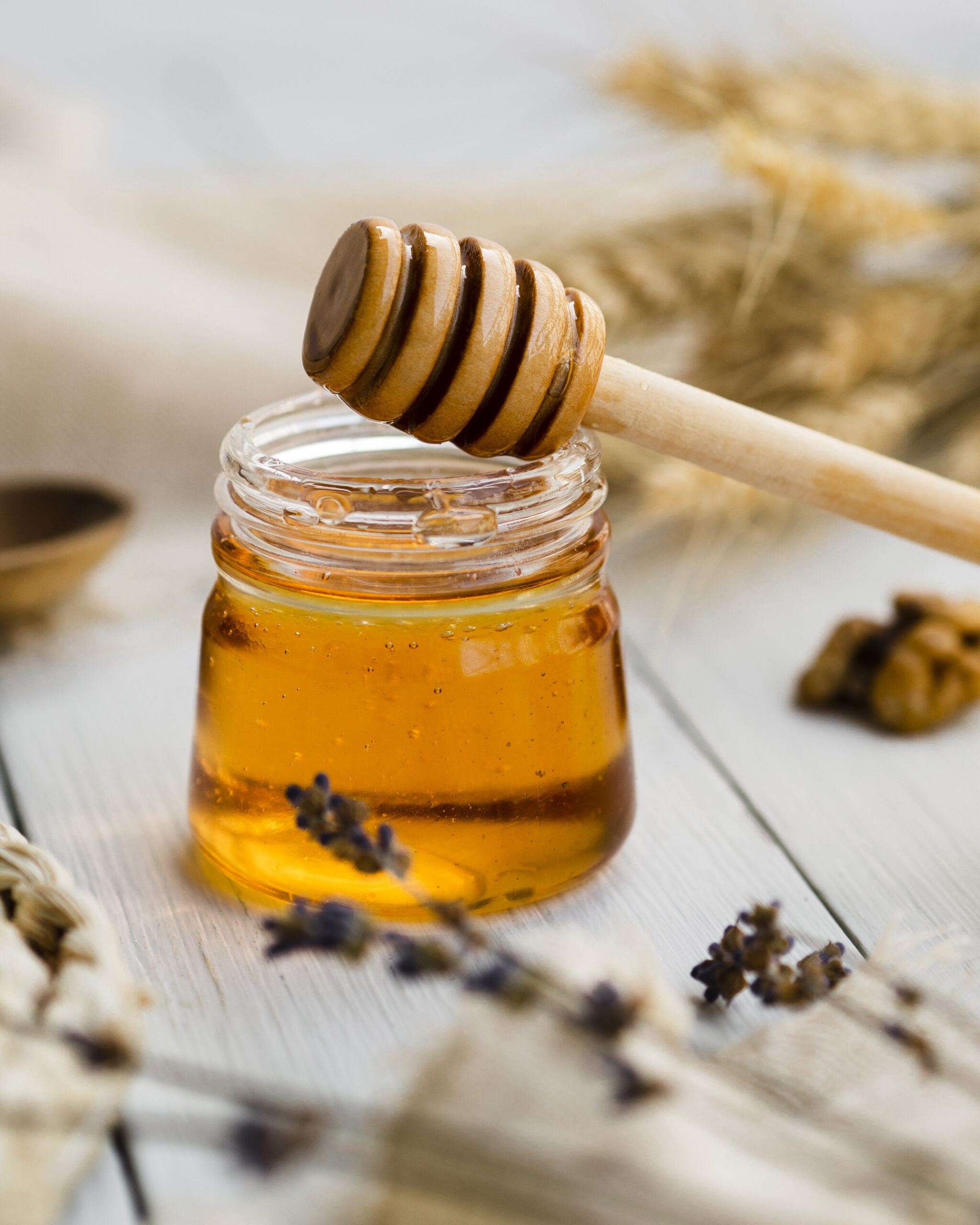Introduction
Pineapple, the tropical treasure wrapped in a spiky shell, is more than just a fruit; it’s a global phenomenon. Whether adorning a breakfast table or forming the centerpiece of an exotic cocktail, pineapples are cherished worldwide. In this article, we’ll peel back the layers of this fascinating fruit to explore its nutritional constituents, famous varieties, and economic impact through both direct and indirect income. We’ll also journey through the top-producing and consuming countries and delve into the advantages and disadvantages of pineapple consumption.

Nutritional Constituents of Pineapple
The pineapple is a nutrient powerhouse packed with vitamins, minerals, and antioxidants. Let’s explore its composition:
Vitamins and Minerals
Pineapples are rich in:
- Vitamin C: Known for boosting immunity and skin health, pineapples provide about 79 milligrams per cup of the fruit, which is more than the daily recommended intake.
- Manganese: Both metabolism and bone health depend on this mineral.
- Vitamin B6, Folate, and Thiamine: These play crucial roles in energy production and neurological health.
Antioxidants
Antioxidants like bromelain, found predominantly in pineapples, are studied for their anti-inflammatory properties and potential digestive aid.
Fiber Content
About 2.3 grams of fiber per serving from pineapple promotes regular bowel motions and supports digestive health.
Famous Varieties of Pineapple
There are several popular varieties of pineapple, each with unique tastes and uses:
Smooth Cayenne
Among the most cultivated, this variety is preferred for its juice and canned products due to its high sugar content and low acid profile.
Red Spanish
This variety is more fibrous and is commonly found in the Caribbean. It’s often used in fresh fruit forms and has a relatively long shelf life.
Queen
Grown mainly in South Africa and Australia, Queen pineapples are smaller and highly sweet, ideal for fresh consumption.
Abacaxi (or Pernambuco)
Known for its exceptional juiciness and sweetness, this variety is primarily grown in Brazil.

Top Producing Countries
In many tropical and subtropical areas, growing pineapples is a major agricultural activity:
- Costa Rica: Dominating the pineapple market, Costa Rica leads global exports, thanks to its favorable climate and advanced farming practices.
- Philippines: Renowned for the famous Red Spanish variety, the Philippines contributes significantly to pineapple exports.
- Thailand and Indonesia: Both countries are notable for their extensive pineapple farms and production capabilities.
Top Consuming Countries
Where do these pineapples go once harvested?
- United States: A leading consumer largely due to its close ties with nearby producer, Costa Rica.
- Germany and The Netherlands: As significant importers in Europe, these countries enjoy fresh and canned pineapple products.
- Japan: With a penchant for fruit in desserts and other savory dishes, Japan remains a key consumer on the Asian front.

Advantages of Pineapple Consumption
Why should you include pineapple in your diet?
- Boosts Immunity: Thanks to its high Vitamin C content, pineapple consumption helps strengthen immune defenses.
- Aids Digestion: Pineapples include an enzyme called bromelain, which helps break down proteins.
- Anti-inflammatory Benefits: Useful for those with arthritis or post-surgical patients to reduce pain and swelling.
Disadvantages of Pineapple Consumption
While nutritious, pineapples have some drawbacks:
- Allergic Reactions: Some individuals may experience allergic reactions, including swollen lips or itching.
- High Sugar Content: Those with diabetes or concerned about sugar intake should moderate their consumption.
- Acidic Nature: Excessive consumption can lead to acid reflux or stomach upset in sensitive individuals.

Income from Pineapple: Direct and Indirect Sources
In addition to selling fresh fruit, pineapples provide a number of revenue streams:
Direct Sources
- Canned Products: Includes slices, chunks, and juices.
- Processed Goods: Such as dried pineapple snacks and jams.
Indirect Sources
- Tourism: Pineapple plantations often serve as tourist attractions, offering tours and tastings.
- Textiles: In the Philippines, the fibers of Red Spanish pineapples are used in the production of piña cloth, a traditional fabric.
- Agritourism: Cultivation areas promote farm stays and educational tours, generating tourism-related revenue.
Conclusion
Pineapples are a compelling fruit, rich in flavor, nutrition, and economic value. From boosting your Vitamin C intake to supporting an entire agricultural economy, pineapples are more than just a delicious tropical treat. However, like any component of our diets, balance is key to reaping the full benefits while minimizing potential downsides. Whether you’re savoring a slice at breakfast or enjoying a pineapple-based cocktail, next time you indulge in this tropical delight, appreciate not just its taste but the significant global footprint it represents.
Pineapples are not just a fruit but ‘an emblem of hospitality and prosperity,’ bridging cultures and economies worldwide.
Feel free to explore more about the pineapple industry and consider supporting sustainable practices in your pineapple purchases to ensure a sweet future. Enjoy your bite of the tropics responsibly!
Learn more about sustainable fruit farming practices.










